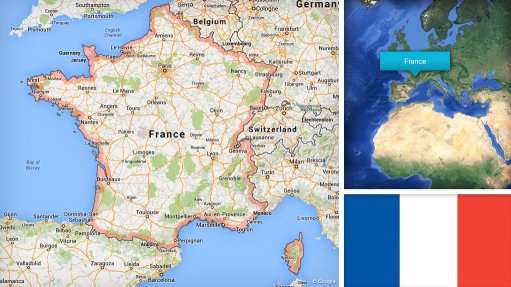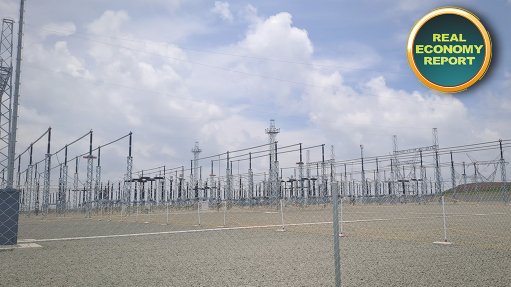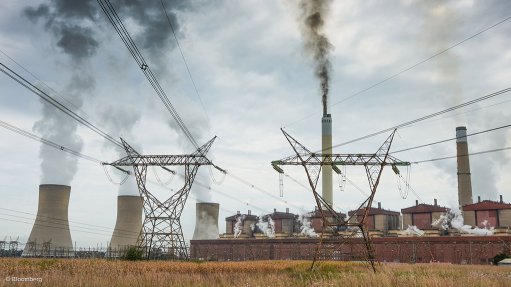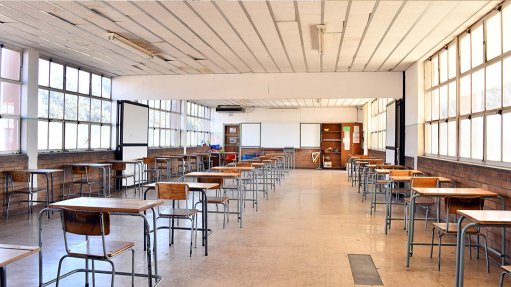Working for a living Part 3
This is the third column in which I detail my experiences of having to work to get money for my university fees. I am writing this to show all the university students who want to go to university and not pay any fees how much real-life education they are missing. I think this is a real tragedy.
At the end of my first year of university, I got a job at the West Driefontein gold mine. I was 17, had no transport and had to walk everywhere (and West Drie was very big) and could not go and have drinks at the recreation club or in any pub. The single quarters where I stayed were awful. After a day of safety induction, I was told to report to 5 Shaft to Dick Cotrell, the chief electrician. He sent me to work at the surface electricians shop. Here, I was told to work with Peter Wright, an electrician who had emigrated to South Africa from England – Lancashire, to be specific. His job was to go underground and fix things electrical.
So, I carried his toolbox and watched him work. At the time, the only safety requirement for underground work was that you wore boots and a hard hat. Otherwise, you could wear shorts and a T-shirt if you wanted. The underground workers were delivered to their place of work by very, very large lifts, called ‘cages’. Each cage was a double-decker and they could take 80 people at a time. There were two main cages, one balancing the other. There was a smaller set of cages, called the ‘Mary Ann’, which could take seven people and were used for delivering management people.
The mining staff were set into to racial groups. The artisans and management were all white and the actual miners and mining supervisors (known as ‘boss boys’ ) were all black. There were no coloured people at the time on West Drie, and neither were there people of Indian or Chinese descent. The blacks came from all over Africa – Rhodesia (now Zimbabwe), Swaziland, Lesotho, Mozambique, Natal, Transvaal . . . everywhere.
On arrival, all blacks went on a training course, where they were taught skills necessary for mining underground. They were also given heat acclimatisation training and taught the basics of the mining language, Fanagalo. This language is fundamentally Nguni in origin, with Afrikaans and English words, and allowed all the different nations (blacks, whites, English immigrants) to communicate verbally (not used very much today, but, less than two years ago, I had a long conversation with a man in the Congo who spoke it and had worked on the mines).
Heat acclimatisation training was tough. Wearing only towels, the miners were lined up in front of a concrete step about 500 mm high. When the hooter sounded, they had to step up on the step, and when it started again they had to step down again. This went on for six hours a day, with a ten-minute break every hour. After five days of this, they were very fit and had climbed a significant height. This training was conducted in a room with nearly 100% humidity and a temperature of 40 oC, which is similar to the conditions underground.
After the induction training, each miner (all men) was fitted with two bangles made of plastic. One had the person’s mine number and the other a colour which showed the degree to which the person was heat acclimatised. These bangles were on permanently for the duration of the person’s contract at the mine, normally six months.
And so, Wright and I spent the days going underground and fixing things. Going down in the cage was exciting, since it travelled at 65 km/h and you flashed past the various levels and pumpstations all the way down the shaft. Underground is hot, very hot. All through November and December, my vacation work proceeded with me being lonely and bored. On the weekend before Christmas Day, I went home to spend Christmas at home. Two days before Christmas, I felt very ill and collapsed. I was taken to hospital with encephalitis, an acute infection of the brain. My West Drie work was over.
Article Enquiry
Email Article
Save Article
Feedback
To advertise email advertising@creamermedia.co.za or click here
Comments
Press Office
Announcements
What's On
Subscribe to improve your user experience...
Option 1 (equivalent of R125 a month):
Receive a weekly copy of Creamer Media's Engineering News & Mining Weekly magazine
(print copy for those in South Africa and e-magazine for those outside of South Africa)
Receive daily email newsletters
Access to full search results
Access archive of magazine back copies
Access to Projects in Progress
Access to ONE Research Report of your choice in PDF format
Option 2 (equivalent of R375 a month):
All benefits from Option 1
PLUS
Access to Creamer Media's Research Channel Africa for ALL Research Reports, in PDF format, on various industrial and mining sectors
including Electricity; Water; Energy Transition; Hydrogen; Roads, Rail and Ports; Coal; Gold; Platinum; Battery Metals; etc.
Already a subscriber?
Forgotten your password?
Receive weekly copy of Creamer Media's Engineering News & Mining Weekly magazine (print copy for those in South Africa and e-magazine for those outside of South Africa)
➕
Recieve daily email newsletters
➕
Access to full search results
➕
Access archive of magazine back copies
➕
Access to Projects in Progress
➕
Access to ONE Research Report of your choice in PDF format
RESEARCH CHANNEL AFRICA
R4500 (equivalent of R375 a month)
SUBSCRIBEAll benefits from Option 1
➕
Access to Creamer Media's Research Channel Africa for ALL Research Reports on various industrial and mining sectors, in PDF format, including on:
Electricity
➕
Water
➕
Energy Transition
➕
Hydrogen
➕
Roads, Rail and Ports
➕
Coal
➕
Gold
➕
Platinum
➕
Battery Metals
➕
etc.
Receive all benefits from Option 1 or Option 2 delivered to numerous people at your company
➕
Multiple User names and Passwords for simultaneous log-ins
➕
Intranet integration access to all in your organisation

















